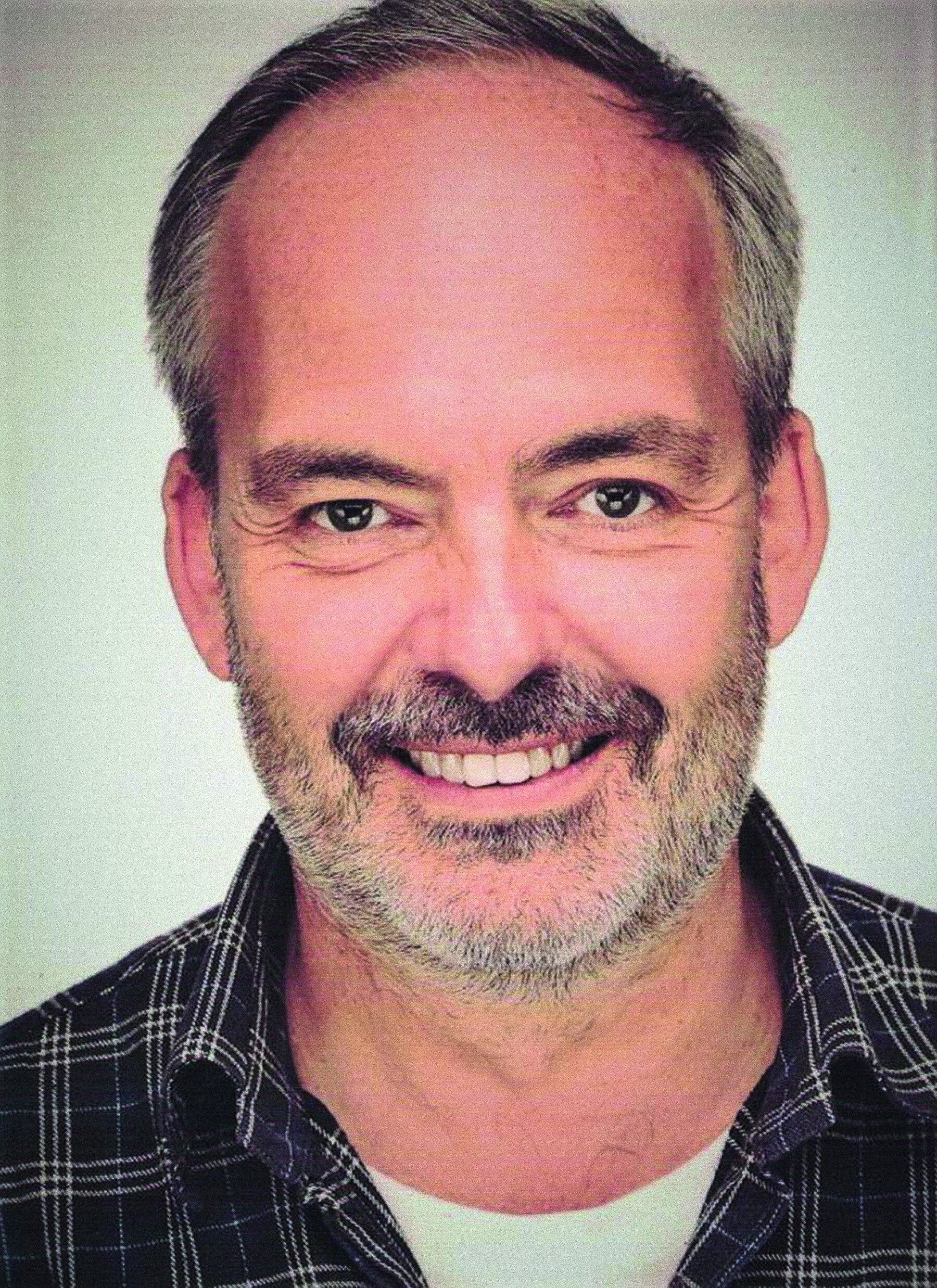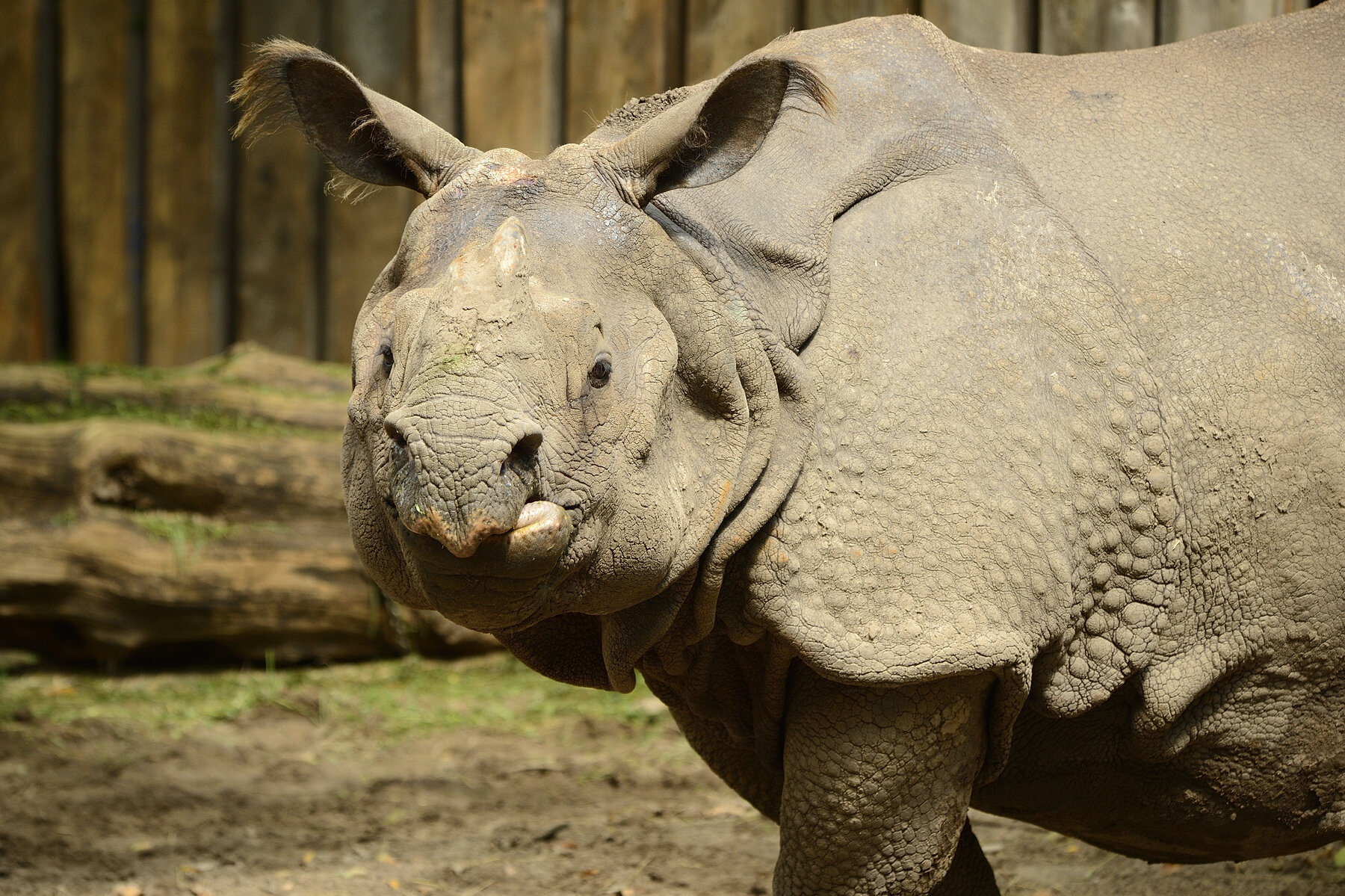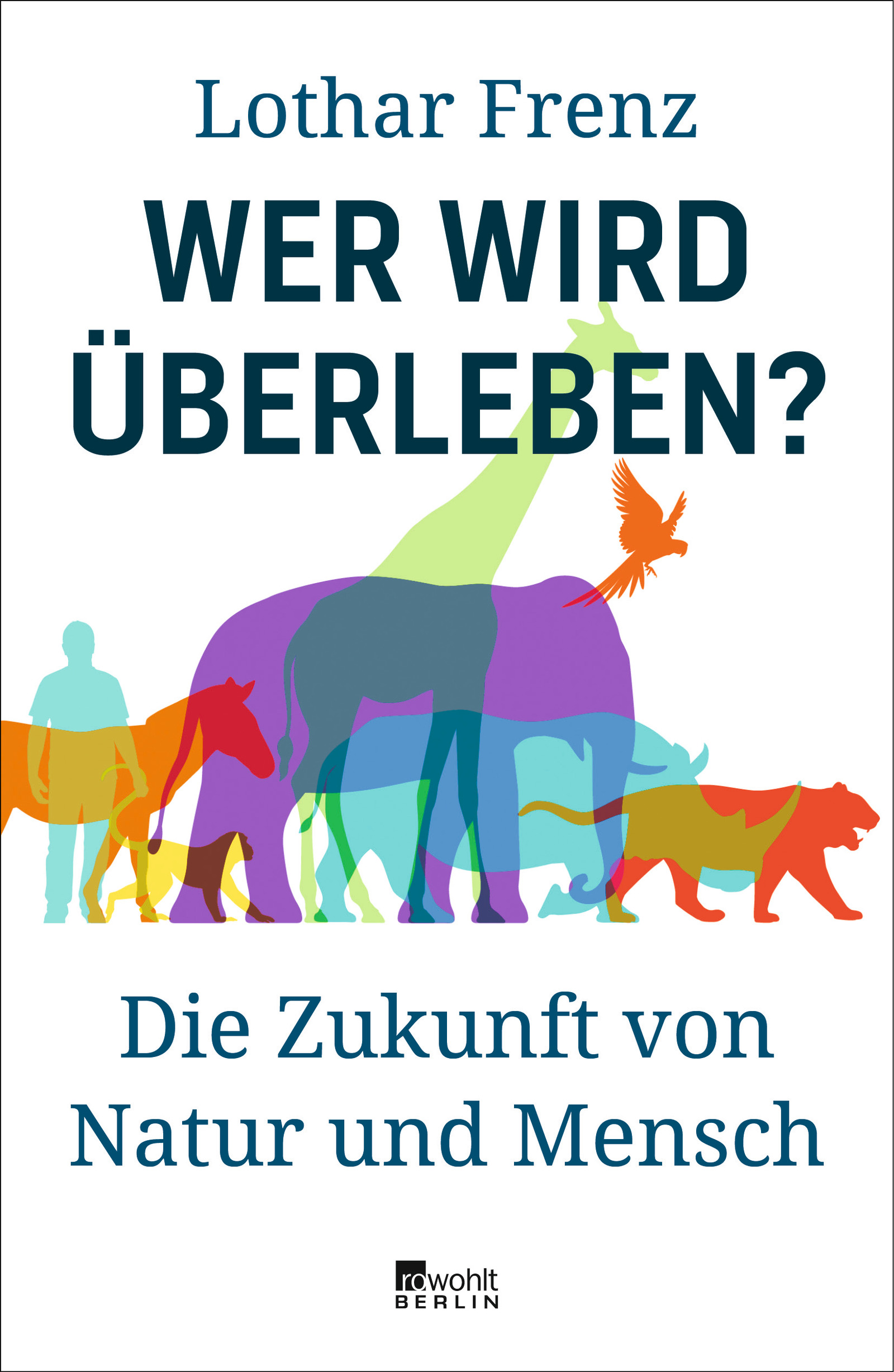Three questions for…
Berlin’s zoos welcome the fact that increasing numbers of people recognise the significance of our work and want to cooperate with us on achieving a common goal – preserving the planet’s rich biodiversity. We want to talk to some of those people and find out what drives them and why they support us. This time, we chatted to author Lothar Frenz. His book Wer wird überleben? (“Who Will Survive?”) tackles the question of how life on Earth will look in the future.

Tierpark: As a journalist, you have done lots of travelling around the world and explored many different habitats. What experiences of nature have had the biggest impact on you so far?
On Ngamba Island on Lake Victoria, Uganda, I had an interaction with a semi-wild chimpanzee orphan called Sophie that I had otherwise only experienced with individuals of my own species. There, in the rainforest, Sophie sat on my lap and looked deep into my eyes. We then shared close, intimate moments of mutual exploration, contemplation and recognition, combined with physical tenderness and affection. This was unsettling in the very best way, as it blurred the boundaries between me as a human and another species. That experience made our place in nature quite clear to me.
Another time I was on an expedition with a film crew on the River Aripuanã in a region of the Amazon that is almost entirely uninhabited, so it’s still possible to make the sorts of discoveries explorers were making 150 years ago. And we did actually find something new! We returned with footage of a previously unknown large mammal and were subsequently able to formally describe it. It was the giant peccary, Pecari maximus.
Once, I was in another area of terra incognita in the east of the Central African Republic. Here, in one of the last unexplored regions of our planet, a few young people have created access to a wilderness full of rare species that conservationists were not previously aware of: Chinko. This ecological treasure chest is a unique mosaic of tree savannah and rainforest four times larger than the Serengeti and twice the size of North Rhine-Westphalia. Through the commitment of a group of dedicated individuals, the Chinko Nature Reserve has been created here – one of the largest protected areas in Africa. That just goes to show what can be achieved through passion and hard work!
Tierpark: Do you have a favourite animal?
I’ve always had a particular fondness for rhinoceroses. For me, they are wondrous remnants of a time when our planet was teeming with gargantuan, bizarre animals – mammoths and sabre-toothed tigers, giant sloths and armadillos as big as a VW Beetle, with a spiked club tail. Back then, a woolly rhino covered with thick fur grazed on Ice Age plains. Except for the critically endangered Sumatran rhino, today’s rhinoceros species are almost entirely hairless – apart from their tail bristles and the fringe around their cup-shaped ears. Take a look next time you’re at the zoo. Whenever I see rhinos, I always feel quite moved by those little tufts of hair on their otherwise bald, massive bodies.

Tierpark: So who will survive?
Which species get to continue to live with us here on Earth will mainly depend on us humans. Depressingly, the IUCN Red List is getting longer and longer. And I find the following statistic even more shocking: the biomass of all mammals alive on Earth today consists mainly of humans and livestock; wild animals make up only four percent! And the mass of domestic poultry is three times that of all other birds in the world! The good news is that we can do something about species extinction. Zoos play an important role in such efforts. Centuries after the species was hunted to extinction in the wild, well over 5,000 Père David’s deer are once again living in their natural habitat – and there are several wild herds in China. They all originated from just three individuals that came to Zoo Berlin from China in 1876.

Who Will Survive? Lothar Frenz’s new book
We are at an historic turning point in our relationship with nature. Biologist and author Lothar Frenz writes about his exciting expeditions – from the Amazon rainforest to Indonesia and Africa – when he gained valuable insight into the issues surrounding species extinction.
In impressive texts and images, Frenz sheds light on the multifaceted problems that we will have to solve in the coming years: What do we want life on Earth to look like? Who will be able to live here with us – and who won’t? What kind of planet do we want to leave to our children?
Wer wird überleben – Die Zukunft von Natur und Mensch, Verlag Rowohlt Berlin, 20 April 2021